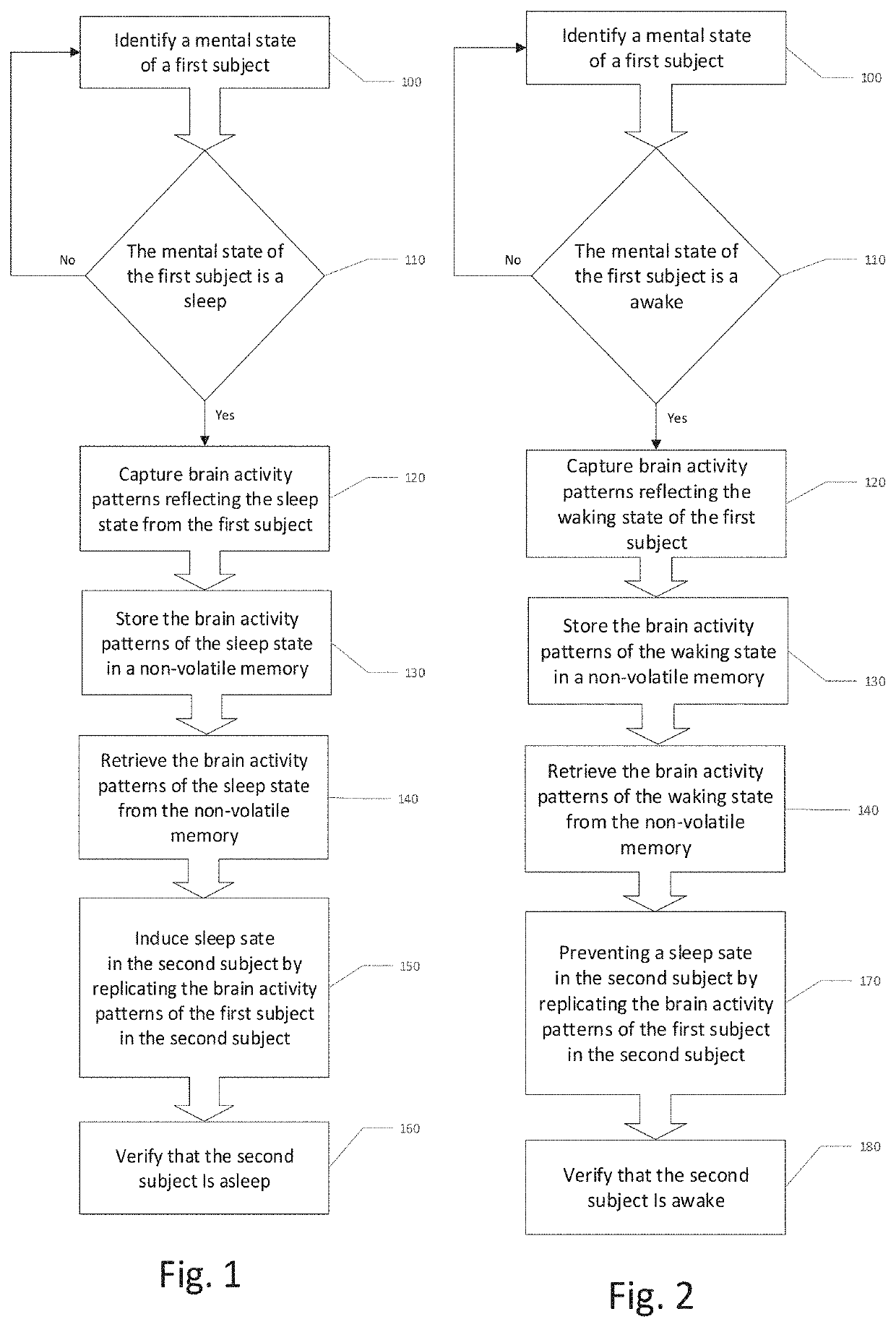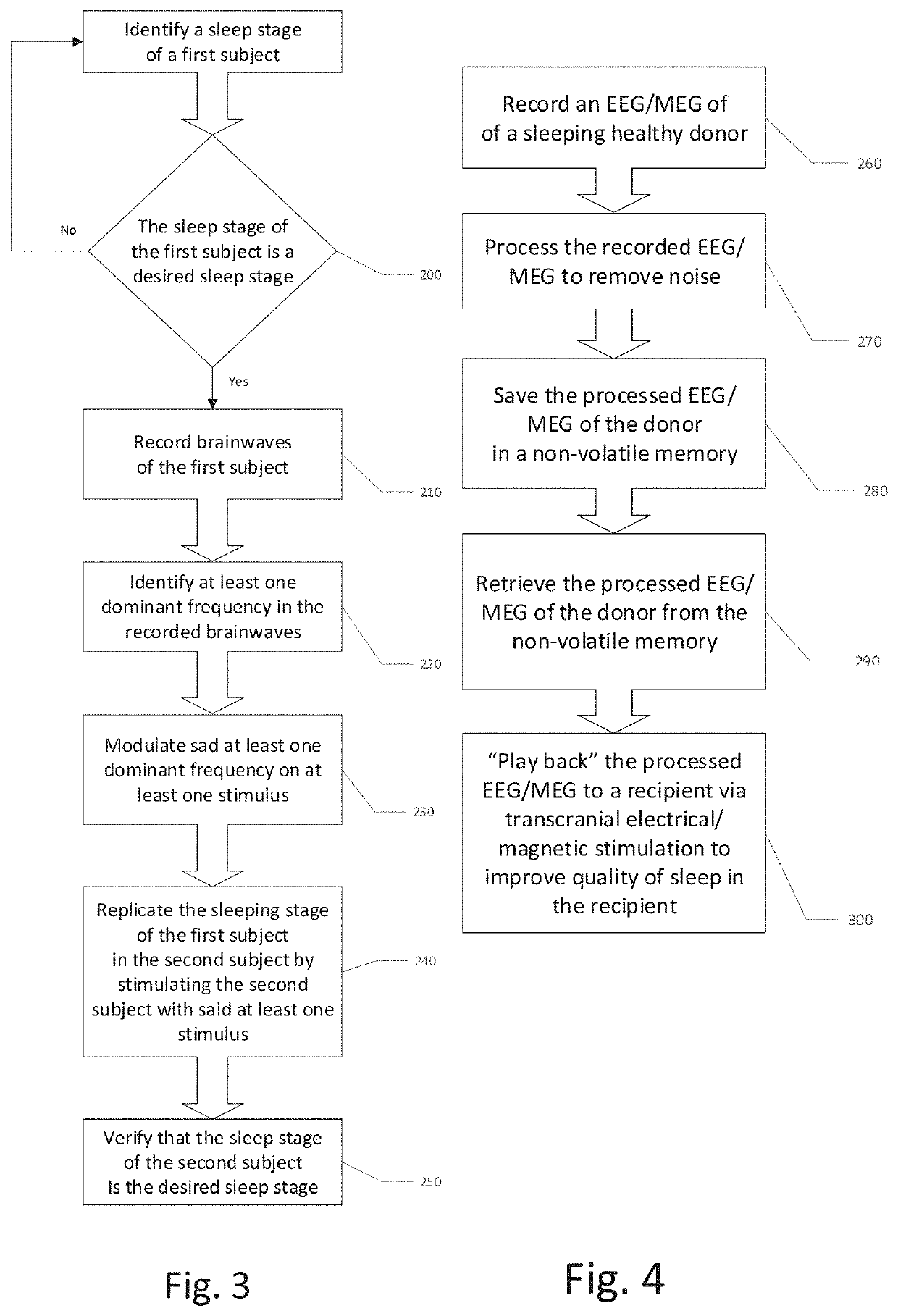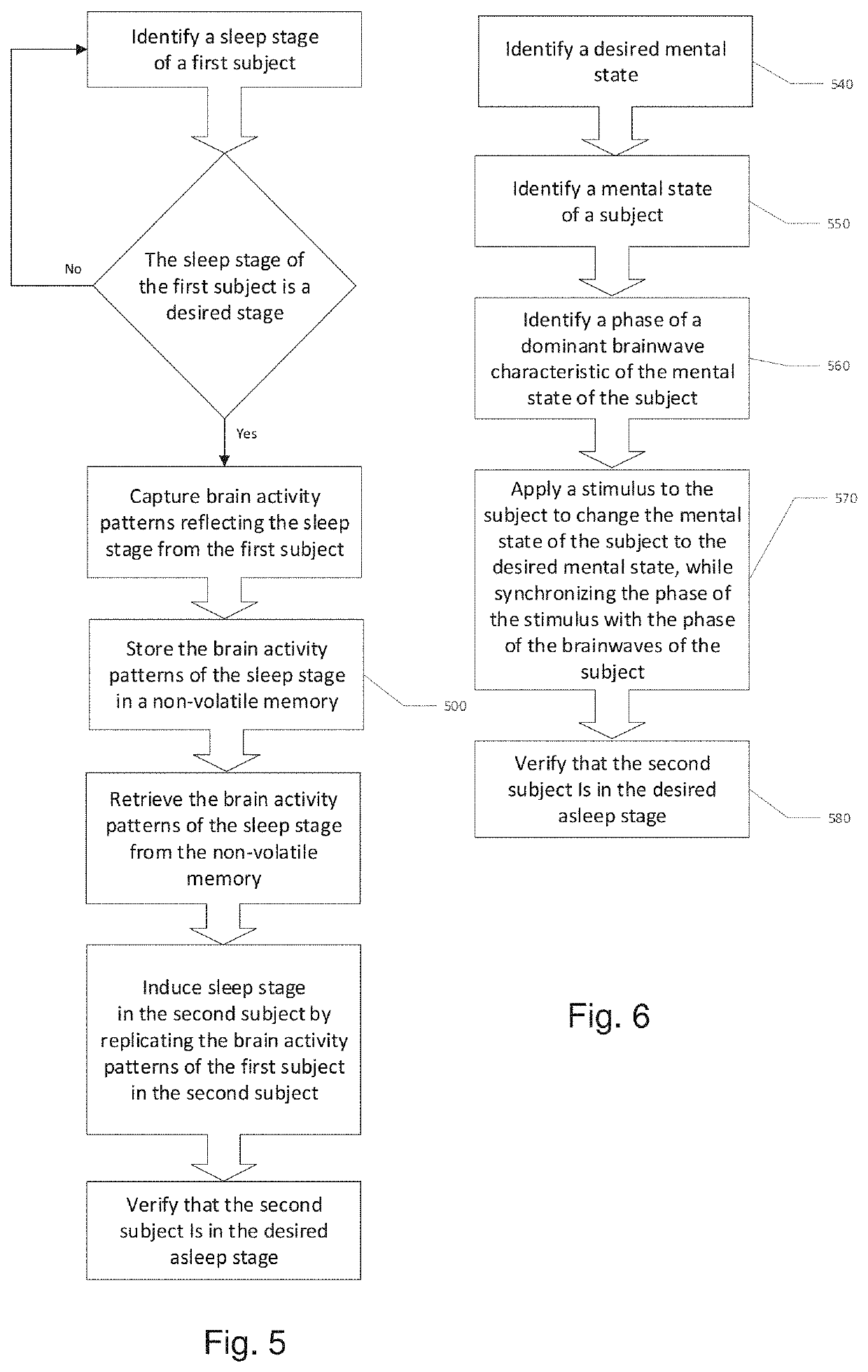The COVID-19-related sleep disorders are a major problem of
rehabilitation of patients after infection.
However, the exploration of mechanisms underlying the ‘coronasomnia’ phenomenon is still in its infancy.
Altered IL-6
secretion has been associated with inflammatory dysregulation and several adverse health consequences.
Due to the loss of BBB integrity, the endothelial cells, pericytes, and astrocytes compromise the ability to prevent immune cells from infiltrating the brain.
The resulting neuroinflammatory process may result in a severe damage to
brain function.
Sleep is associated with development of immune memory, and lack of sleep may impair the ability of the
immune system to effectively produce a long-lasting
immunity after
vaccination.
Without germinal centers, there aren't enough B cells that can create a high-quality
antibody response to produce long-term
immunity.
Therefore, it is critical that recipients of vaccines be properly primed for receiving the vaccination, as no adaptive protocols are approved for handling exceptional cases.
Further, the incidence of side effects such as coagulopathies may depend on the
immune status of a vaccine recipient at the time of administration.
Chronic
insomnia is associated with deterioration of memory, adverse effects on
endocrine functions and immune responses, and an increase in the risk of
obesity and diabetes Sateia et al.
As a result, decreased
sleep quality is one of the most common health complaints of older adults.
However, sleep-promoting agents, such as
hypnotic drugs, can produce adverse effects, particularly in the elderly.
Aside from the general deterioration of
sleep quality with age in adult
population, the deterioration in quanttty and quality of the slow-wave sleep (SWS), which is non-REM deep sleep, is particularly troubling.
Experimental disruption of SWS have been shown to increase shallow sleep, sleep fragmentation,
daytime sleep propensity, and impair
daytime function.
Unfortunately, most standard sleeping pills, while alleviating insomnia, do little to improve the SWS.
Some evidence suggests that some
hypnotic drugs change the structure of sleep, adversely affecting the SWS (Sateia et al.
Hence, there is an unmet need for non-pharmacological techniques for promoting sleep, particularly, the deep non-REM sleep stage (SWS) lacking in the
elderly population.
Chronic insomnia is associated with deterioration of memory, adverse effects on
endocrine functions and immune responses, and an increase in the risk of
obesity and diabetes.
Aside from the general deterioration of sleep quality with age in the adult
population, the deterioration in quantity and quality of the slow-wave sleep (SWS), which is the deep non-REM sleep, is particularly troubling.
Given that SWS contributes to sleep continuity and experimental disruption of SWS increases shallow sleep and sleep fragmentation, enhances daytime sleep propensity, and impairs daytime function.
Even the best vaccines do not work for everyone.
It targets unique vaccine components and therefore takes longer to launch.
One limitation of this literature is that some studies do not fully account for prior
exposure, making it difficult to
decipher whether the primary or secondary immune response is reported (Cohen, S., Millar, G. E., Rabin, B. S. (2001).
However, failure to account for prior
exposure can
mask the magnitude of the
impact of stress.
Even so, there is little evidence that people have robust
cell-mediated immunity in the absence of an
antibody response (Zuo, Jianmin, Alexander C. Dowell, Hayden Pearce, Kriti Verma, Heather M. Long, Jusnara Begum, Felicity Aiano et al.
These compounds act in the
nucleus of lymphocytes to suppress immune response, however, the effect is more complex, since while overt immune response is suppressed, the cells are not inactive.
Nature provides limited tolerance to the disturbance in sleep-wake
cycling.
There is no prior general agreement on what kinds of brain-wave music can improve the quality of sleep.
As a result, the study found that SWS brain-wave music could improve sleep quality but REM brain-wave music could not.
The reported study found that after REM brain-wave music or WN listening, the power of
delta band increased during sleep (posttest—pretest), and suggesting that these two kinds of music may have a negative effect on the deepening of sleep.
These findings suggested that the decrease in this
connectivity may be related to increased sleepiness and a greater likelihood of falling asleep.
The effect of music on specific
sleep stages, however, is less well-known with relatively few studies to date using objective sleep quality measures (Cordi et al., 2019).
(2017) actually found a reduction in
delta power in
younger adults (the age group in this study) was associated with insomnia, i.e., poorer sleep quality.
These results suggest that the reduction of
delta power is instead indicative of an impairment.
These results collectively suggest that there are benefits to increasing delta power, whilst reducing delta power is problematic for a range of outcomes.
More generally, the particular mapping of EEG to music parameters is highly questionable, with no inherent relationship between average spectral power and musical
timbre, for example.
Johnson and Durrant therefore suggest that lack of entrainment, arbitrary EEG-music mapping and unfortunate stimulus timing may have contributed to the lack of success of the intervention.
The implementation in Guo et al. seems to be flawed and as such has led to inconclusive findings.
Selective slow wave sleep but not rapid
eye movement sleep suppression impairs
morning glucose tolerance in healthy men.
Intensifying sleep slow oscillations does not improve metabolic control in healthy men.
People who are regularly sleep deprived are at great risk not only for vaccine non-responsiveness but also for severe illness.
IL-6 is a pro-inflammatory
cytokine that plays a role in the reduction of anabolic pathways and increase of catabolic pathways, resulting in an increased expenditure of energy to decrease the
weight gain.
It is defined as a difficulty in initiating, maintaining, and consolidating sleep or a worsened overall quality of sleep, leading to physical and mental damage.
Depression and the widespread increase in
anxiety are risk factors associated with the onset of insomnia.
Excessive concern with the progress of the
pandemic, their own health, or that of people close to them, and with financial aspects, in addition to social restrictions, collaborate to the impairment of sleep and, due to the role of sleep in emotional stabilization, this can impair
mental health even further.
Irregular sleep / wake patterns are associated with poorer academic performance and delayed circadian and sleep / wake timing.
In addition, other animal studies could not confirm these results and if antigenic challenge took place after short-term sleep loss even an opposing (i.e., immunoenhancing) effect on early defense mechanisms became evident (Moldofslw H.
However, as habitual short sleep and experimental sleep restriction may not always lead to reduced SWS or SWA (Webb W. B., H. W. Agnew Jr., 1970.
In a long-term, dysregulated sleep can lead to an
increased risk of hypertension, cardiovascular
disease, diabetes,
obesity,
anxiety, neurodegenerative diseases, and depression.
But in the context of the
pandemic, the negative and almost immediate effect of sleep deregulation on immune function becomes especially worrisome.
Studies show that people who don't get quality sleep are more likely to get sick after being exposed to a
virus, take longer to recover after an infection and have less robust response to a vaccine.
This mode is bizarre: a dreamer's brain becomes highly active while the body's muscles are paralyzed, and
breathing and
heart rate become erratic.
When these cells are activated, it triggers a loss of
consciousness.
When these cells become injured or diseased, people do not experience the
muscle paralysis associated with REM sleep, which can lead to REM
sleep behavior disorder—a serious condition in which the afflicted violently act out their dreams.
While these frequencies may be reproduced in transcranial electric (or magnetic) stimulation, or via sensory stimulation with light, any attempts to reproduce these frequencies for stimulation via sound ran into problems associated with
infrasound, defined as any sound below 20 Hz frequency.
Firstly, it is difficult to generate
infrasound through acoustic speakers.
Specialized large subwoofers with circular design or sound guides may be used, but tend to be impractical.
While many animals (e.g., elephants and whales) communicate via infrasound, in humans, infrasound causes undesirable effects including send of
panic, fear, and
anxiety.
One study has suggested that infrasound may cause feelings of awe or fear in humans.
In research conducted in 2006 focusing on the
impact of sound emissions from wind turbines on the nearby
population, perceived infrasound has been associated to effects such as annoyance or fatigue, depending on its intensity, with little evidence supporting physiological effects of infrasound below the human
perception threshold.
Later studies, however, have linked inaudible infrasound to effects such as fullness, pressure or
tinnitus, and acknowledged the possibility that it could disturb sleep.
Other studies have also suggested associations between
noise levels in turbines and self-reported sleep disturbances in the nearby population, while adding that the contribution of infrasound to this effect is still not fully understood.
Transcutaneous EEG signals are limited by the relatively insulating nature of the
skull surrounding the brain, the
conductivity of the
cerebrospinal fluid and
brain tissue, relatively low amplitude of individual cellular electrical activity, and distances between the cellular current flows and the electrodes.
However, deep signals are attenuated and poorly localized.
It is also known that periodic visual stimulation can trigger epileptic seizures.
Because of the variety of experimental protocols for
brain stimulation, limits on descriptions of the actual protocols employed, and limited controls, consistency of reported studies is lacking, and extrapolability is limited.
Thus, while there is various
consensus in various aspects of the effects of extracranial
brain stimulation, the results achieved have a degree of uncertainty dependent on details of implementation.
This implies that
feedback control might be effective to control implementation of the stimulation for a given purpose; however, studies that employ
feedback control are lacking.
 Login to View More
Login to View More  Login to View More
Login to View More 


